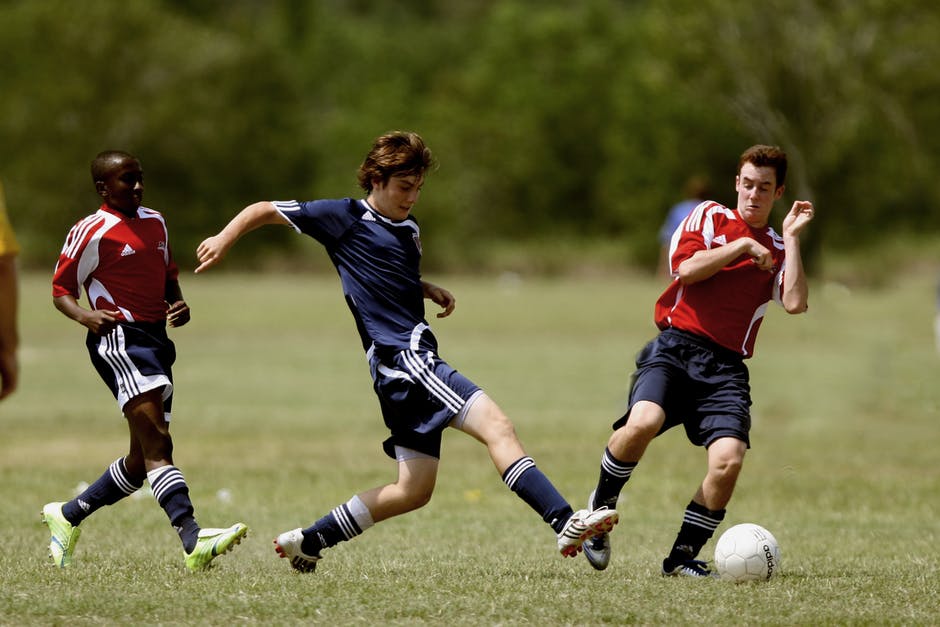There are a number of factors that are believed to impact our ability to exert force. Understanding these are important because they impact, limit, and can even enhance both training and athletic performance. These include the cross sectional area of the muscle (bigger muscles have the potential to be stronger), the velocity of shortening (the faster the muscle shortens, the less time it has to form cross bridges and exert force), the muscle’s length (each muscle has an optimal length for exerting force), the muscle fiber type (fast twitch vs. slow), and the angle of pennation.
Muscle fibers do not necessarily run in a straight line in a muscle, they may run at an angle to the tendon. This is called the angle of pennation. The greater the angle of pennation, the more force a muscle can exert. However, the tradeoff is that the smaller the angle of pennation, the faster the muscle can shorten.
We’ve seen from training studies that this is changeable with training. By that I mean that bodybuilding training and heavy training can increase the angle of pennation. But, power and speed training can decrease it. This serves to reinforce designing training to achieve one’s goals.
With the above in mind, Infantolino and Challis have a really interesting study in the current issue of the Journal of Applied Biomechanics and it calls some of our assumptions about angle of pennation into question. In their study, the authors removed the first dorsal interosseous muscle (it abducts the index finger) from two cadavers.
The FDI muscles were then examined using an MRI to determine pennation angles throughout the muscle, not just on the surface. The authors would pick the same location of the muscle, and examine it in minute slices. What is interesting is that by dividing each of the muscles into several hundred slices and analyzing the slices, the authors found that the pennation angles of the faciscles throughout the muscles were not uniform and were in fact very different from the surface angle. For example, in the first muscle the pennation angles along the medial-lateral axis ranged from 2.2 degrees to almost 25 degrees!
Now, the authors caution the reader that these results only apply to the FDI muscle that they studied and the fact that they are studying cadavers may impact the results. However, these results point out that, like many things in the body, pennation angles may be more complex than everyone thought. In their conclusions, the authors warn that “When pennation angles are reported…they should be interpreted with caution…” The authors’ point being that one number (i.e. the surface number) may not adequately describe what is going on throughout the muscle.
An interesting point to consider is whether the training mentioned above (bodybuilding, heavy, speed/power) impacts the muscle throughout or just the surface. For example, if the surface angle of pennation were to increase by 10% as a result of training, would this happen uniformly deeper in the muscle?
Infantolino, B.W. and Challis, J.H. (2014). Short communication: Pennation angle variability in human muscle. Journal of Applied Biomechanics, 30, 663-667.




